incarnata
chills71
18 years ago
Related Stories
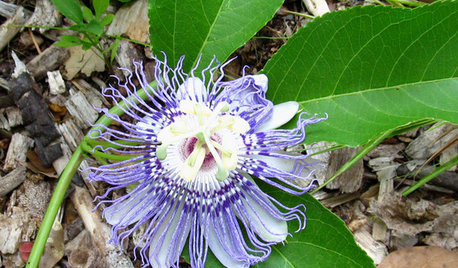
GARDENING GUIDESGreat Design Plant: Passiflora Incarnata
Enjoy the amazing flowers and edible fruit of U.S. native Passiflora incarnata (also known as maypop) — the butterflies sure do
Full Story
GARDENING GUIDESGreat Design Plant: Asclepias Incarnata for a Butterfly Garden
Beautiful swamp milkweed makes it easy to help monarchs and other pollinators in eastern U.S. gardens
Full Story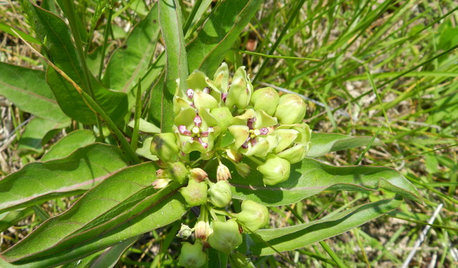
GARDENING GUIDESGreat Design Plant: Asclepias Viridis
Green antelopehorn is a milkweed that is short, drought-tolerant, not aggressive and a monarch favorite
Full Story
GARDENING FOR BUTTERFLIESBe a Butterfly Savior — Garden for the Monarchs
Keep hope, beauty and kindness alive in the landscape by providing a refuge for these threatened enchanters
Full Story
GARDENING GUIDESGreat Design Plant: Milkweed
Quit cringing. This not-weed plant is a sight to behold in the garden, has a delicious vanilla scent and is a magnet for butterflies
Full Story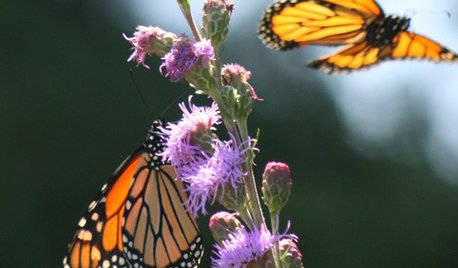
GARDENING GUIDESGreat Design Plant: Meadow Blazing Star (Liatris Ligulistylis)
Make fast friends with the monarch butterflies and get a color show too with this adaptable U.S. Midwest native
Full Story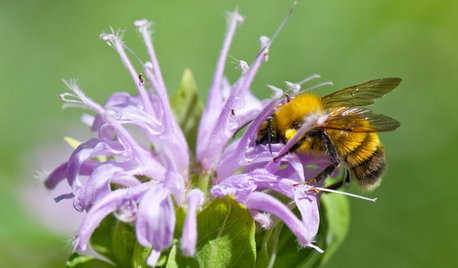
GARDENING GUIDESSupport Bumblebees by Providing Forage in 3 Seasons
Bumblebees are fascinating and fun to observe foraging in gardens. Find out how to create a buffet for these fuzzy, charismatic bees
Full Story
LANDSCAPE DESIGNThe 7 Best Plant Types for Creating Privacy and How to Use Them
Follow these tips for using different kinds of plants as living privacy screens
Full Story
GARDENING GUIDESGreat Design Plant: Butterfly Milkweed, a Beacon in the Prairie
Vivacious orange flowers for you, nectar for the butterflies and bees. Asclepias tuberosa is worth planting for more reasons than one
Full Story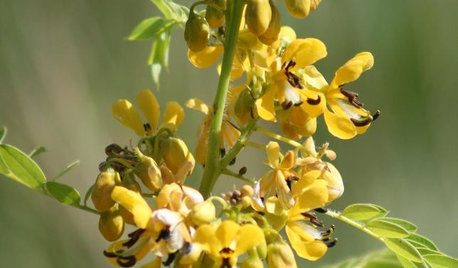
GARDENING FOR BUTTERFLIESGreat Design Plant: Senna Hebecarpa Puts on a Magical Show
Furry white tongues that develop into seeds? That's just one of this bee-bringing summer perennial's many talents
Full StorySponsored
Zanesville's Most Skilled & Knowledgeable Home Improvement Specialists






kiwinut
kiwinut
Related Professionals
Deerfield Beach Landscape Contractors · Edwardsville Landscape Contractors · El Segundo Landscape Contractors · Ellicott City Landscape Contractors · Hampton Bays Landscape Contractors · McLean Landscape Contractors · Oviedo Landscape Contractors · Point Pleasant Landscape Contractors · Weslaco Landscape Contractors · York Landscape Contractors · Oceanside Driveway Installation & Maintenance · Overlea General Contractors · Port Saint Lucie General Contractors · Troutdale General Contractors · Woodmere General Contractorschills71Original Author
kiwinut
chills71Original Author